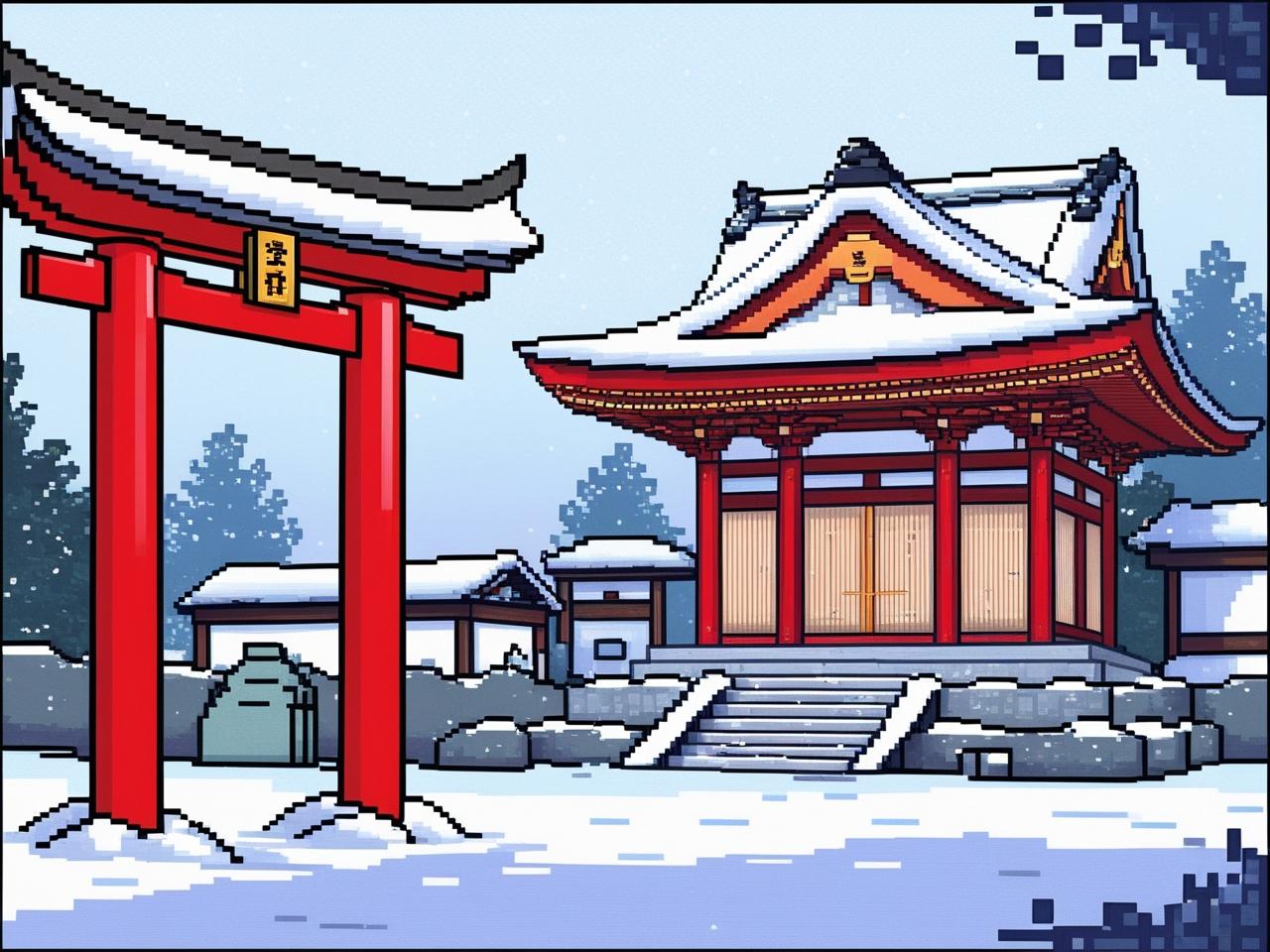Key Highlights
- See the beauty of 27 famous red torii gates. They make a lovely path.
- Find out about the shrine’s calm vibe. It is very different from the busy city.
- Get to know the rich history of Fushimi Inari Shrine and its link to the well-known Fushimi Inari Taisha Shrine in Kyoto.
- Enjoy a visit that is short and easy. It’s great for people with busy schedules.
- It is easy to get there using public transport. There is a bus stop and tram station close by.
Discovering Fushimi Inari Shrine’s Secrets
The Fushimi Inari Shrine is located in the heart of Sapporo. It provides a special look into Japanese culture and spirituality. Compared to the bigger shrine in Kyoto, the Sapporo Fushimi Inari Shrine feels more cozy. It is a place for reflection and enjoying its simple beauty.
The Sapporo shrine may be smaller, but it still impresses with its famous torii gates. These bright red gates lead visitors to the main shrine. They symbolize a change into a sacred space and offer blessings for luck and prosperity.
Unveiling the History Behind Its Torii Gates
The torii gates at Fushimi Inari Shrine are more than just beautiful decorations. They are very important to the shrine’s history. The shrine was founded in 1884 by Shigeo Nomura, who wanted to recreate the famous Fushimi Inari Shrine of Kyoto in Sapporo. The torii gates are a key feature of Inari shrines. They were built to show this connection and give the Sapporo shrine a similar spiritual meaning.
Each torii gate usually has the name of the person who paid for it. This shows their respect for the deities there and their wish for blessings. Over time, the gates, often given by people or businesses, have become a way to show a shared faith. They also connect the physical world with the spiritual world.
The bright vermillion color of the gates is linked to life and protection from evil. This color makes their spiritual meaning even stronger. The gates serve as protectors of the sacred area they surround.
Exploring the Symbolism of the Shrine
Fushimi Inari Shrine, like many other shrines in Japan, has deep meanings that connect to Japanese culture. This shrine is dedicated to Inari, the Shinto god of rice, sake, and wealth. Inari is often shown with foxes, seen as their messengers, which ties the shrine to good luck and success in business.
Some important elements in the shrine help people understand Japanese spiritual beliefs:
- Purification: At the entrance, water basins allow visitors to clean themselves before entering. This shows the idea of spiritual cleansing.
- Offerings: Many visitors leave coins or sake as offerings. This shows their thanks and a wish for blessings from the deities.
- Fox Statues: Fox statues often wear red bibs. They are thought to be Inari’s messengers and are believed to guard the shrine while bringing good luck.
These practices give visitors a look at the rich world of Japanese spirituality. They show how people express respect, humility, and a desire for harmony with nature.
Frequently Asked Questions
What makes Fushimi Inari Shrine a must-visit in Sapporo?
Fushimi Inari Shrine is smaller than the one in Kyoto, but it is a peaceful place to experience Japanese culture and history, and there is no entry fee. It is easy to get to in Sapporo. This shrine is a great stop for visitors who want a calm atmosphere and to see the beautiful, traditional design of a Japanese shrine in Hokkaido, Japan.
How can visitors fully experience the shrine’s beauty?
To enjoy the shrine, spend some time walking under the red torii gates. Take in the calm atmosphere. Watch the Japanese people show their respect for a real cultural experience. After that, think about visiting the Sapporo JR Tower. You can get great views of the city from there.
Are there any particular rituals or ceremonies to observe?
While you might not see big ceremonies when you visit, it’s important to respect Japanese traditions. You can quietly watch people praying, bowing their heads, and ringing the bell. This will give you a special cultural experience at the Fushimi Inari Shrine.


Leave comment